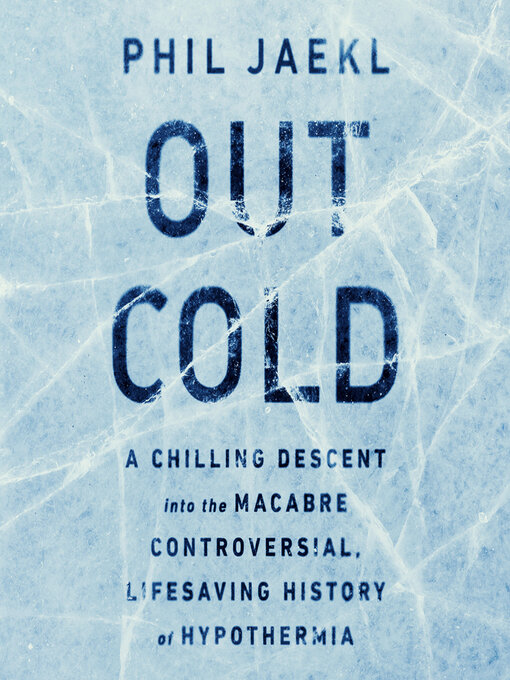- What's new?
- Popular titles
- Award Winning eBooks for Teens
- Nonfiction eBooks for Teens
- Indigenous eBooks for Teens
- See all ebooks collections
- What's new?
- Popular titles
- Award Winning Audiobooks
- Nonfiction Audiobooks for Teens
- Indigenous eAudiobooks for Teens
- See all audiobooks collections


